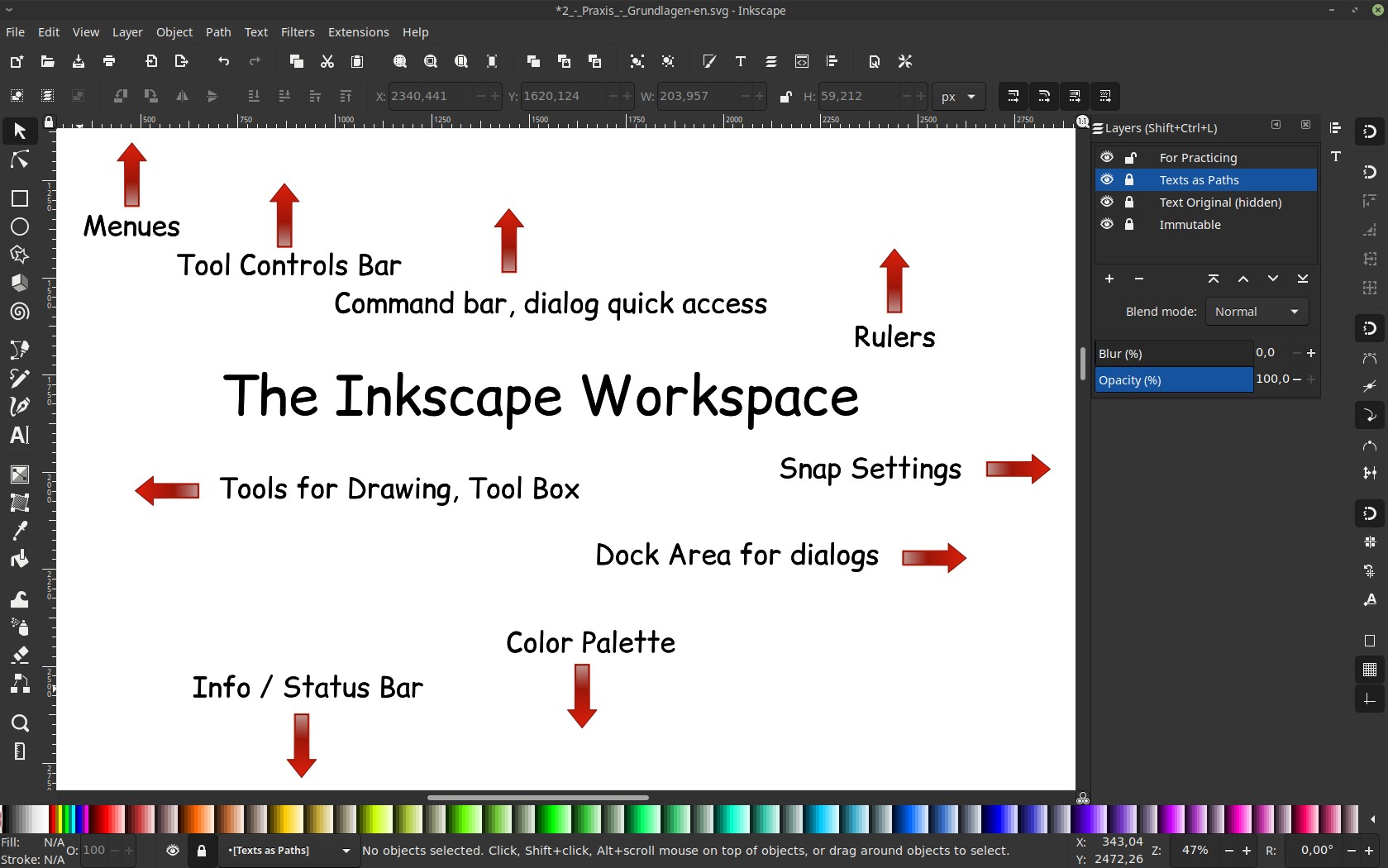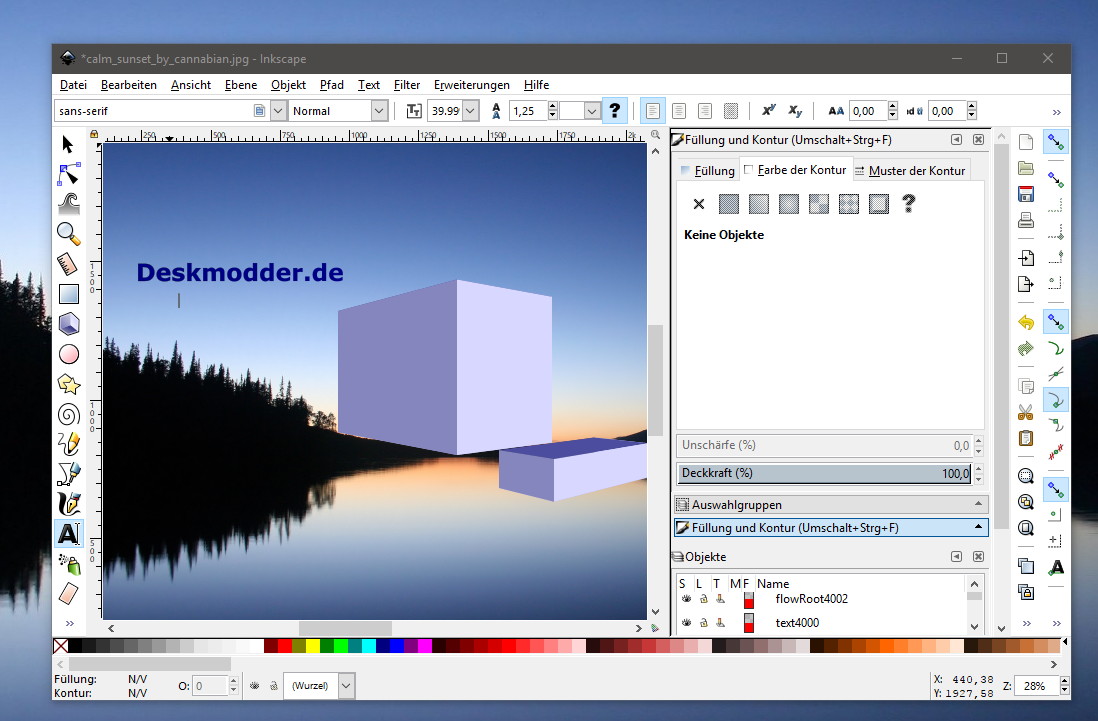

There are four sections of controls that surround the canvas where the artwork is created and placed. Images and most artwork found on Websites are raster graphics.


It is different from raster graphics, which are composed of pixels, and they will become distorted when their sizes are changed. This includes characters in a word processing documents as well as graphics programs. They are often used to create logos and artwork that will be used in both print and digital publications. Path markers (ending, middle and/or beginning marks, e.g.Vector graphics are drawings that can scale without losing their quality and becoming distorted.Dashed strokes, with many predefined dash patterns.A gradient editor capable of multi-stop gradients.Color selector (RGB, HSL, CMYK, color wheel, CMS).Layers (lock and/or hide individual layers, rearrange them, etc layers can form a hierarchical tree).Grouping objects ("select in group" without ungrouping, or "enter the group" making it a temporary layer).Z-order operations (raising and lowering).Transformations (moving, scaling, rotating, skewing), both interactively and by specifying exact numeric values.Clones ("live" linked copies of objects), including a tool to create patterns and arrangements of clones.Embedded bitmaps (with a command to create and embed bitmaps of selected objects).Text tool (multi-line text, full on-canvas editing).Shape tools: rectangles (may have rounded corners), ellipses (includes circles, arcs, segments), stars/polygons (can be rounded and/or randomized), spirals.Drawing: pencil tool (freehand drawing with simple paths), pen tool (creating Bézier curves and straight lines), calligraphy tool (freehand drawing using filled paths representing calligraphic strokes).


 0 kommentar(er)
0 kommentar(er)
